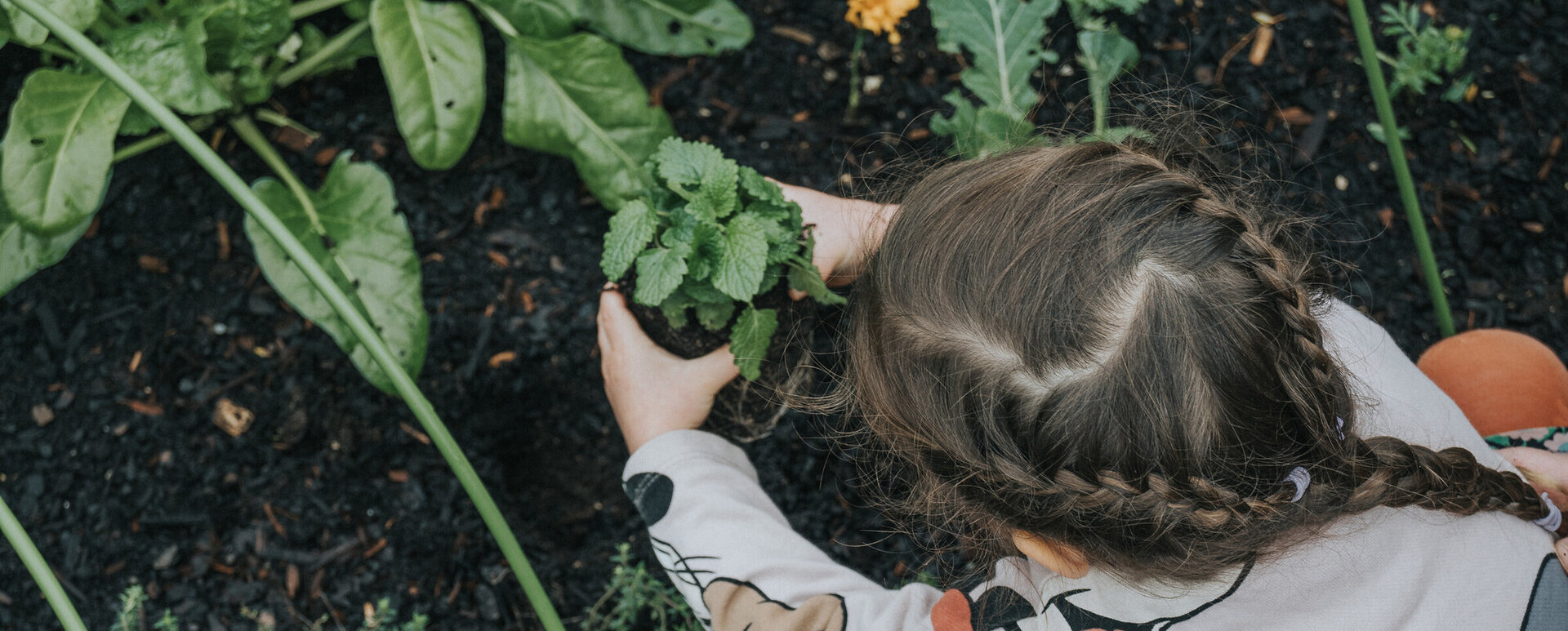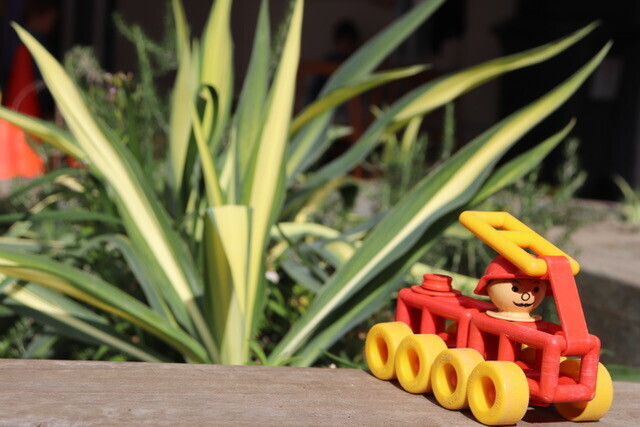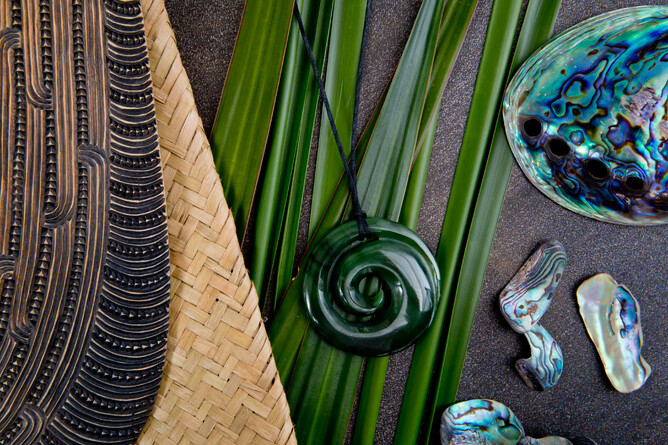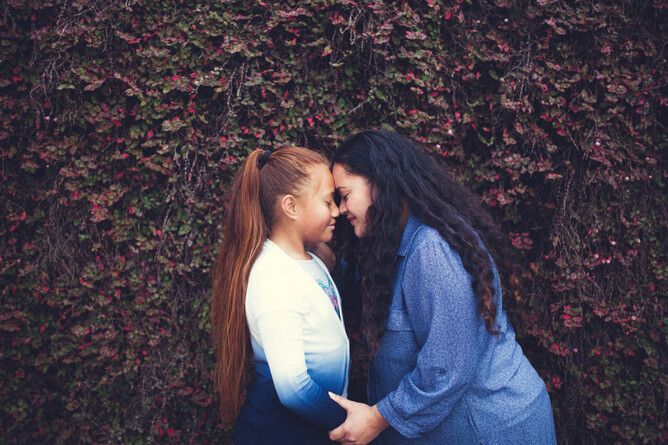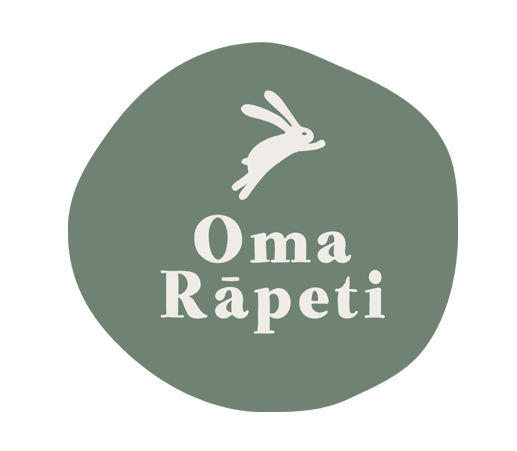Is it a surprise to you if I told you that New Zealand has two official languages and neither of them are English? English is presumed to be an official language by most people, however the official languages are te reo Māori and NZ Sign Language. English is a de facto official language. While I’d encourage you to go out and learn NZ sign language to be able to communicate with the deaf and hard of hearing community, this blog is about simple ways you can incorporate a little te reo Māori into your life at home, at work or as a kaiako. Kōrerotia te reo, e hoa ma!
Whether you’re at the beginning of your te reo Māori journey, or have dipped your toes in a wee bit, these are some useful kupu to have in your kete.
How to construct an active sentence in te reo Māori
An active sentence is one you would use to say what is happening in the present moment. You would construct a sentence like this:
Tense + verb + subject + particle (i/ki) + object
Kei te + haere + au/ahau + ki + te hokomaha = In the present tense + going + I + to + the supermarket = I am going to the supermarket
Kei te + haere + ahau + ki + te mahi = I am going to work
Kei te + kai + ahau + i + te āporo = I am eating an apple
Note the difference between ki and i. Ki indicates a direction - going somewhere, to, into, towards, onto. I indicates a subject is performing an action upon an object.
Singular pronouns
| Māori | English | Example | |
| First person | au, ahau | I | Kei te hiainu au. I'm thirsty. |
| Second person | koe | you | Kei te kāinga koe? Are you at home? |
| Third person | ia | she, he | I titiro ia ki te kurī. He looked at the dog. |
Credit: https://kupu.maori.nz/more/pronouns
What makes te reo slightly unusual to English is that you can be more descriptive about who and how many people you are talking about or to with plural pronouns. Most people are familiar with the kupu koutou, meaning three or more people (excluding the speaker), below are additional options to include or exclude the speaker with the other or group.
Plural and dual pronouns
| Māori two | Māori three or more | English | Examples | |
| First person plural (inclusive of listener) | tāua | tātou | we, us | Kāore tāua e mokemoke. We (the two of us) will not be lonely. Mā tātou katoa tēnei mahi.This work is for all of us. |
| First person plural (exclusive of listener) | māua | mātou | we, us | I homai te koroua i te moni ki a māua.The old man gave the money to us (two, but not to you the listener)I haere mātou ki te whare pikitia.We (three or more) are going to the picture theatre (but not you the listener). |
| Second person plural | kōrua | koutou | you | Me haere atu kōrua. You (two) had better go. Tēnā koutou.Greetings to you (three or more). |
Te reo Māori at home
Have a think about what some of the most common things that you are saying at home to others and think about how you could use te reo Māori instead of English here. Here is a list of some common things you might be saying and how you could say them in te reo Māori.
Using the kupu kei te (in the present tense)
| I am cooking | Kei te tunu ahau | |
| I am cleaning (washing) | Kei te horoi ahau | |
| You are gardening | Kei te mahi māra koe | |
| You are playing | Kei te tākaro koe | |
| She is feeding | Kei te whāngai ia | |
| He is sleeping | Kei te moe ia | |
| They (two) are good | Kei te pai kōrua | |
| What are you doing? | Kei te aha koe? | |
| I am eating | Kei te kai ahau | |
| How are you? | Kei te pēhea koe? | |
| I am hungry | Kei te hiakai ahau |
Using the kupu kua reri (to be ready). The kupu “Kua” is a past perfect tense marker, meaning has, had, or will have. It means the action is completed or underway.
| The food is ready | Kua reri ngā kai | |
| Breakfast is ready | Kua reri ngā parakuihi | |
| Dinner is ready | Kua reri ngā hapa | |
| Are you ready? | Kua reri koe? | |
| I am ready | Kua reri ahau | |
| Are you (two) ready? | Kua reri kōrua? | |
| We (two) are ready | Kua reri māua |
Note the change in tāua to māua, because in the question the speaker is not including themselves in the question. In the answer the speaker is not including the listener in the answer
Using the kupu me/ka (let’s)
| Let’s put on your clothes | Me whakamaua i ōu kākahu | |
| Let’s put on your shoes | Me whakamaua i ōu hu | |
| Let’s wash your face | Me horoi i tō kanohi | |
| Let’s go | Ka haere tāua/Me haere tāua | |
| Let’s go home | Ka haere tātou i te kainga | |
| Let’s dance | Ka kanikani tātou |
Using the kupu mai/atu (towards speaker/away from speaker)
| Come (towards speaker) | Haere mai | |
| Go (away from speaker) | Haere atu | |
| Pass (towards speaker) the bread | Homai te pāraoa | |
| Pass (away from speaker) the ball | Hoatu te pōro | |
| Listen (towards speaker) | Whakarongo mai | |
| Look (away from speaker) | Titiro atu |
Te reo Māori at work
Using the kupu he aha (what)
| What is this (near me)? | He aha tēnei? | |
| That is a pen (near you) | He pene tēnā | |
| What is that (near you)? | He aha tēnā? | |
| That is my food (near me) | He kai tēnei |
Note change in tēnei/tēna depending on location of the object spoken about tēnei - near me, tēnā - near you
| What are you doing? | Kei te aha koe? | |
| I am working | Kei te mahi ahau | |
| What’s the time? | He aha te wā? He aha te taima? | |
| It’s 5 o’clock | Rima karaka te wā |
Using the kupu mutu (finished)
| I am finished | Kua mutu ahau | |
| You are finished | Kua mutu koe | |
| Are you finished? | Kua mutu koe? |
Other useful rerenga kupu (phrases)
| I am going | Kei te haere ahau | |
| I am working | Kei te mahi ahau | |
| I am coming back home | Kei te hoki mai ahau | |
| I have to go to work | Me haere au ki te mahi | |
| Today is Monday | Ko tēnei te Rāhina |
Te reo Māori for Kaiako
Using the kupu e hia (how many)
| How many? | E hia? | |
| Five of them | E rima | |
| How many colours? | E hia ngā kara? | |
| Three colours | E toru kara | |
| How many apples? | E hia ngā āporo? | |
| Two apples | E rua ngā āporo | |
| How many cups? | E hia ngā kapu? | |
| One cup | Kotahi te kapu | ko in front of the number for singular |
| How many people? | Tokohia ngā tāngata? | Toko is used for counting people |
| There are three people | Tokotoru ngā tāngata | |
| There are two girls | Tokorua ngā kōtiro | |
| There are six men | Tokoono ngā tama | |
| There are 4 women | Tokowha ngā wāhine | |
| There is one woman | Kotahi te wahine | |
| There is one person | Kotahi te tangata | |
Note the changes from ngā to te to indicate plural or singular and the macrons to indicate plural or singular
Using the kupu he (determiner - a, an, some) - describing what something is or describing a quality of something
| This (near me) is an apple | He āporo tēnei | |
| These (near me) are apples | He āporo ēnei | Note ēnei is the plural form of tēnei - still denoting the object is next to the speaker |
| That (near you) is a butterfly | He purerehua tēnā | |
| This is yellow | He kowhai tēnei | |
| That is a good idea | He whakaaro pai | |
| I have a question | He pātai taku | |
| What is the question | He aha te pātai? |
Other useful rerenga kupu (phrases)
| Sit down on the chair | E noho ki runga i te turu | |
| Don’t run inside | Kāua e oma ki roto | |
| Run outside | E oma ki waho | |
| Go outside | Haere ki waho | |
| The food is delicious | He reka ngā kai | |
| Do you need to wee? | Kua mimi koe? | |
| You are weeing | Kei te mimi koe | |
| Wash your hands | Horoia ō ringaringa | |
| Are you thirsty? | Kei te hiainu koe? | |
| Are you hungry? | Kei te hiakai koe? | |
| That’s right | Kei te tika | |
| No | Kāo/kāore | |
| Yes | Āe |
The attitudes and behaviours of non-Māori speakers towards the Māori language have a significant impact on supporting te reo Māori to survive and thrive. Pākehā have an obligation as tangata tiriti (people of the treaty, as opposed to tangata whenua) to create space for te reo to grow and we can do this by normalising the use of te reo, correcting our own pronunciation (see websites such as Māori dictionary with helpful pronunciations for every kupu) and understanding the impacts colonisation has had on the indigenous language, culture, wellbeing and land. Don’t go for every kupu on this list. Pick a few each day and try to only use the te reo word for that word or sentence for the day (or however long it takes to stick). Soon you’ll be using the te reo kupu so habitually you won’t even notice! Karawhiua tō reo, e hoa ma! Go for it, friends!
Aroha nui ki a koutou,
Sophia
